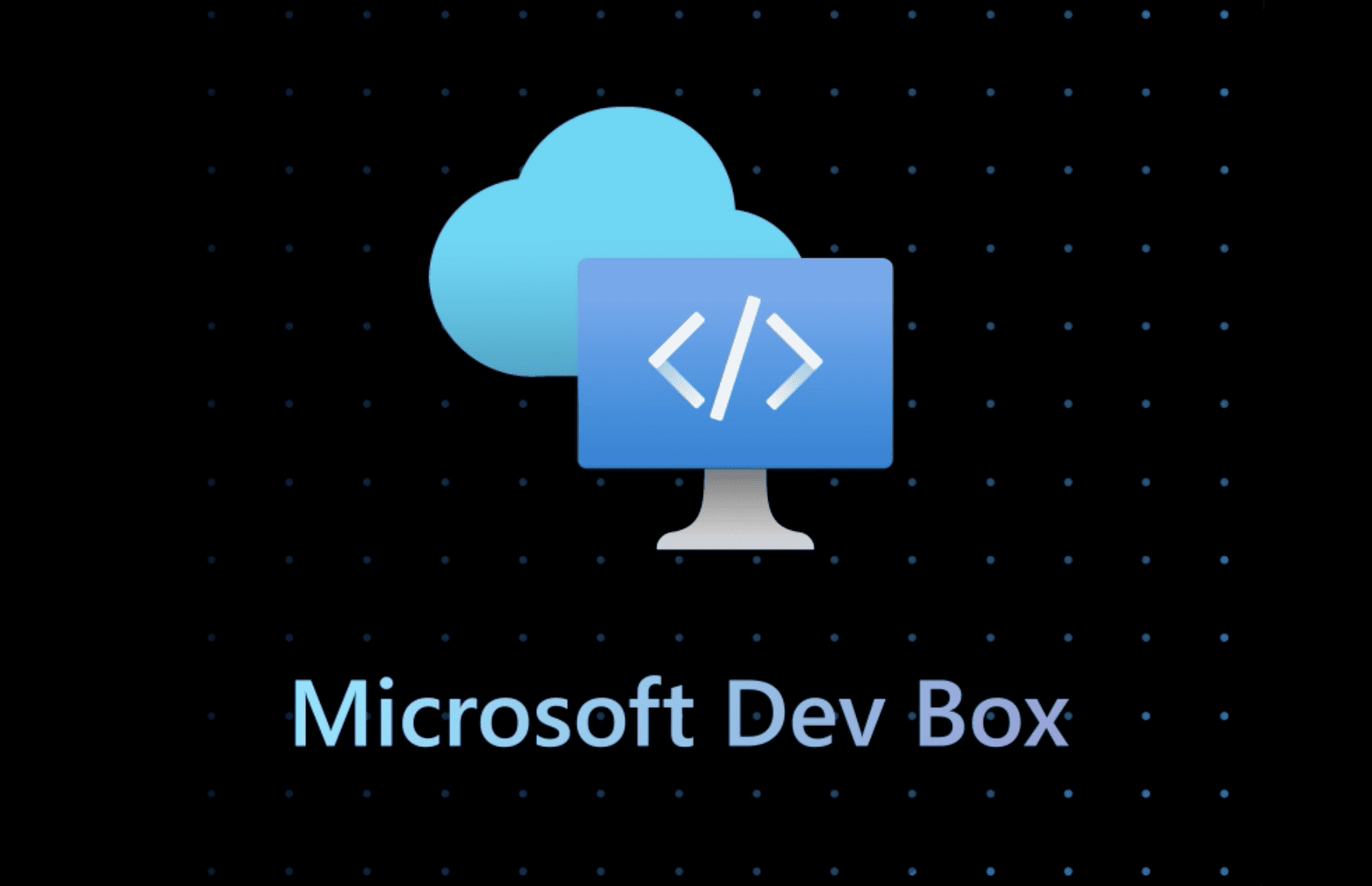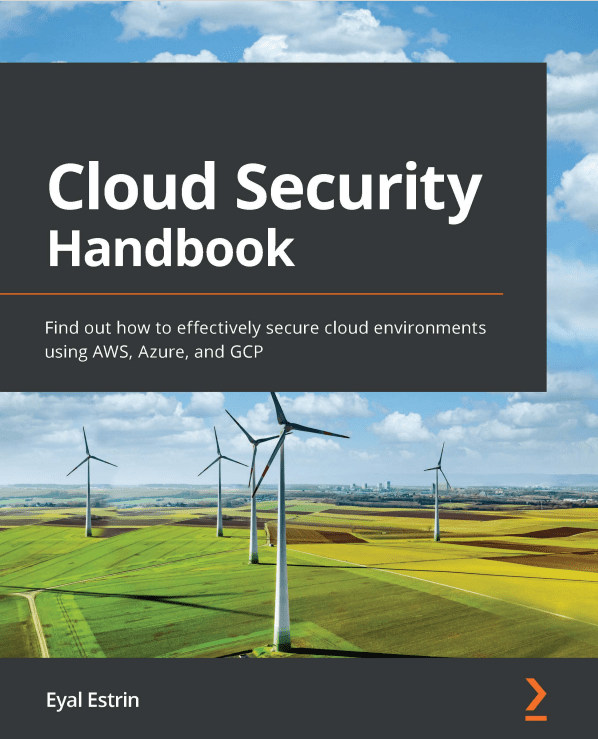Webinars
Over time, the data landscape has evolved and many things have got more into the world of Power BI. Not only are organisations utilising Power BI more widely, but the cloud is also becoming more important. More and more companies are moving their data into Azure SQL databases in the cloud (now Azure Data Lake). Consequently, companies struggle with drowning in their data and not knowing where or how to access it.
As a result, Microsoft introduced a product to help solve this issue called Microsoft Purview. Microsoft Purview covers two main areas – Office stack and Azure stack. This webinar recording covers the Azure oriented version of Microsoft Purview, previously called Azure Purview.
But where is that data stored? With the wide range of data storage options (On-prem, cloud, multi-cloud) it’s far from trivial to know where all your corporate data is being kept, in which format, and who is responsible. A related question is where sensitive data is stored. In this session, you can see how Microsoft Purview collects meta-data from on-prem as well as different cloud sources. Furthermore, you will also see how Microsoft Purview identifies sensitive data and makes it easily searchable.
![[Case Study] Evolutio ensures data readiness and reduces costs with Commvault® Cloud [Case Study] Evolutio ensures data readiness and reduces costs with Commvault® Cloud](https://www.sharepointeurope.com/wp-content/uploads/sponsors/2016/04/CommvaultNEW-2023.png)









